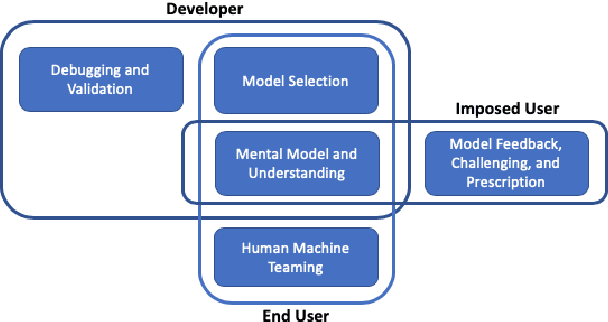Measure Utility, Gain Trust: Practical Advice for XAI Researcher
Paper and Code
Sep 27, 2020
Research into the explanation of machine learning models, i.e., explainable AI (XAI), has seen a commensurate exponential growth alongside deep artificial neural networks throughout the past decade. For historical reasons, explanation and trust have been intertwined. However, the focus on trust is too narrow, and has led the research community astray from tried and true empirical methods that produced more defensible scientific knowledge about people and explanations. To address this, we contribute a practical path forward for researchers in the XAI field. We recommend researchers focus on the utility of machine learning explanations instead of trust. We outline five broad use cases where explanations are useful and, for each, we describe pseudo-experiments that rely on objective empirical measurements and falsifiable hypotheses. We believe that this experimental rigor is necessary to contribute to scientific knowledge in the field of XAI.
 Add to Chrome
Add to Chrome Add to Firefox
Add to Firefox Add to Edge
Add to Edge